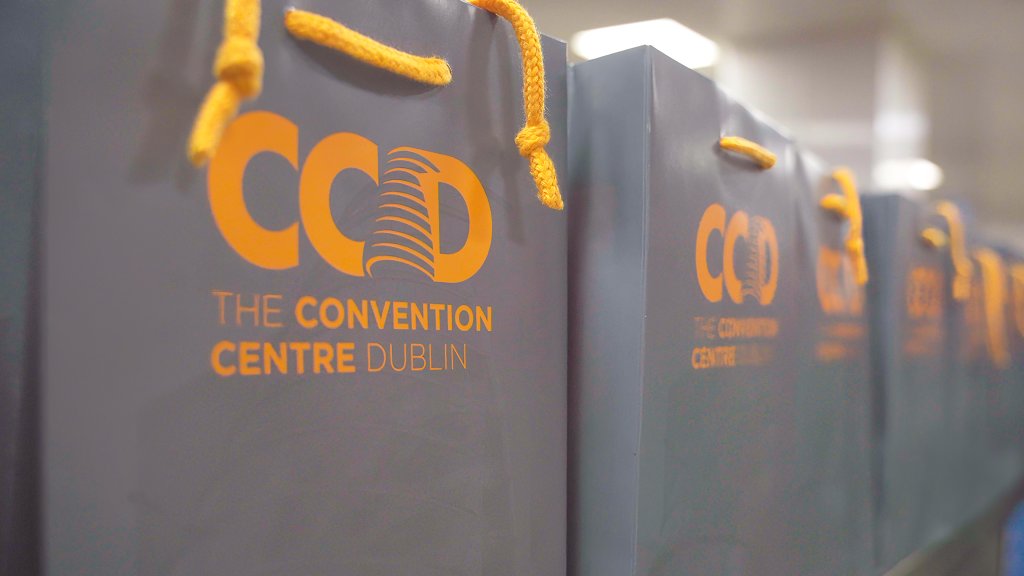Five Ways to Personalise your Events
Having hosted almost 2,000 events over the last 10 years, we can see that the conference and events landscape is changing. We’ve seen a significant move away from the traditional conference model, and a shift towards more experiential-focused programmes that put delegate entertainment at the forefront. We partnered with C&IT to create an Expert Report that offers practical advice on how to make events an experience. Here, we look at how personalisation can help. Read on to find out more.

Personalisation is one of the hottest global marketing trends reshaping the event landscape. Put simply, it is about tailoring experiences – everything from marketing and content to networking – to meet the needs of delegates when and how they want it.
A personalised focus ensures events are relevant, seamless and an efficient use of time. Psychologically, it empowers delegates by giving them a sense of control over their experience and, in an age characterised by information overload, personalised content helps to reduce that load – or at least our perception of it.
The payoff for organisations is greater engagement, loyalty and sales. Being treated as an individual, rather than a number, boosts satisfaction levels too. Ultimately, without a ‘human-centric’ approach, planners risk irrelevance and obsolescence. Here are five ways to personalise your events.
1. Data
Master the art of personalisation by knowing your audience and its various personas. Listen to them, ask questions and collect relevant data to generate real insight.
While being mindful of privacy regulations, planners can use this data to gain a deep and empathetic understanding of attendees’ needs to present solutions at the right time in a way they desire. The most effective data collection tools are registration systems, CRM/marketing solutions, surveys and apps. Gather insight through quality one-to-one conversations too.
2. Event Marketing
Personalised invitations are an easy starting point. Email is the preferred method among
B2B planners with some creating video-based invites to really stand out. Many bypass bulging inboxes by sending impressive invitations by post. This more traditional route shows care, consideration and initiates a connection that mass marketing cannot - but also raises environmental questions.
3. Content
Sometimes personalisation is as simple as honing messaging and tone of voice. Ensure keynote speakers deliver expertise for a cross-section of the audience. For planners looking for a quick win, why not increase Q&A time? Lengthy keynote sessions are frequently followed by a brief Q&A, but it is this section that often produces the most interesting, fruitful and personalised content. Event apps enable organisers and delegates to create their own agendas with push notifications recommending suitable sessions.
4. Networking
Some event apps can be integrated with other social media channels, such as LinkedIn, which delegates may find useful for networking. AI platforms like b2match exist to identify relevant people to meet too. Delegates can also wear ‘Smart’ badges that use radio frequency technologies such as RFID and NFC to receive personalised signage, welcome messages and reminders as they approach media screens at the venue.
5. User experience
Personalise delegates’ event experience at every touch point. Plotting their journey and assessing the value to them at every stage is crucial to meeting their needs. Remember to be consistent across all brand touch points as experience is cumulative and not derived from one single point. For smaller events, live voting allows conference-goers the chance to choose their favourite topics for upcoming workshops and keynote sessions. Facial recognition technology could be used to speed up check-in or to monitor mood and whether delegates are resonating with the content and experience.